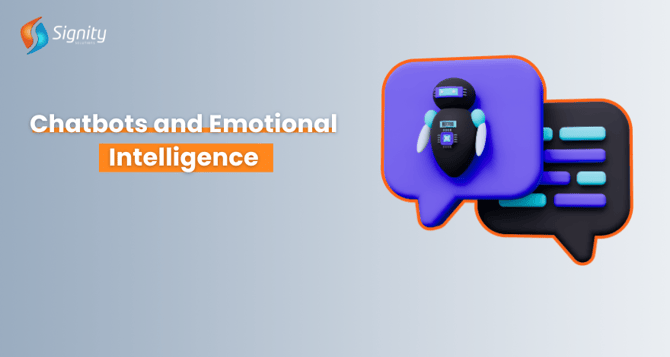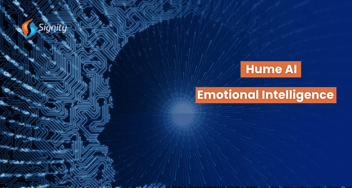Chatbots and Emotional Intelligence: Can AI Really Understand Human Emotions?
Explore the potential of AI-driven chatbots like ChatGPT in understanding human emotions. Discover the evolution, techniques, and limitations of emotional intelligence in these digital entities, and delve into the ongoing quest to bridge the gap between AI and human emotion.

In the realm of artificial intelligence (AI), chatbots have become ubiquitous tools for customer service, personal assistants, and even companionship. These digital entities are designed to interact with humans in a conversational manner, aiming to simulate natural conversation and provide assistance.
The Evolution of Chatbots
Historically, chatbots were basic programs that followed scripted responses and were incapable of interpreting emotions or understanding context. They relied on keyword recognition and pre-programmed responses to navigate conversations. While these early chatbots served simple purposes like providing information or answering FAQs, they fell short in handling complex interactions that involved emotions.
Understanding Human Emotions
To understand human emotions, AI-driven chatbots employ various techniques:
1. Natural Language Processing (NLP)
NLP algorithms enable chatbots to analyze and interpret human language. By dissecting sentences, identifying keywords, and understanding syntactic structures, chatbots can extract meaning from text inputs.
2. Sentiment Analysis
Sentiment analysis algorithms assess the emotional tone of text inputs, categorizing them as positive, negative, or neutral. By analyzing words, phrases, and contextual cues, chatbots can gauge the sentiment behind user messages.
3. Contextual Understanding
Advanced chatbots are equipped with contextual understanding capabilities, allowing them to consider the broader context of conversations. They can remember previous interactions, track conversation flow, and adjust responses accordingly, enhancing their ability to comprehend emotions.
4. Emotion Recognition
Some chatbots integrate emotion recognition technologies, such as facial recognition or voice analysis, to identify human emotions more accurately. These systems analyze facial expressions, vocal intonations, and other physiological signals to infer emotional states.
AI Chatbot Development
The development of AI chatbots involves continuous innovation and refinement of algorithms and models. Developers strive to enhance chatbots' ability to understand and respond to human emotions through:
- Advanced NLP Techniques
- Emotion-Aware Design
- Personalization and Adaptation
Limitations and Challenges
Despite advancements, AI-driven chatbots still face several limitations in understanding human emotions:
- Ambiguity and Context
- Empathy and Emotional Connection
- Personalization and Individual Differences
- Ethical Considerations
The Future of Chatbots
While AI-driven chatbots have made significant strides in understanding human emotions, achieving true emotional intelligence remains a distant goal. The complexity of human emotions, coupled with the limitations of current AI technologies, presents formidable challenges.
Conclusion
In conclusion, AI-driven chatbots have come a long way in understanding human emotions, but significant challenges remain.
 As technology continues to evolve, it's crucial to approach the development and deployment of AI chatbots with ethical considerations and a commitment to fostering responsible AI that respects human emotions and well-being.
As technology continues to evolve, it's crucial to approach the development and deployment of AI chatbots with ethical considerations and a commitment to fostering responsible AI that respects human emotions and well-being.


%201-1.webp)


.png?width=344&height=101&name=Mask%20group%20(5).png)
%20Chatbots%20vs.%20Traditional%20Chatbots%20-%20CTA-1.png?width=1200&height=250&name=ChatGPT%20(AI)%20Chatbots%20vs.%20Traditional%20Chatbots%20-%20CTA-1.png)
















